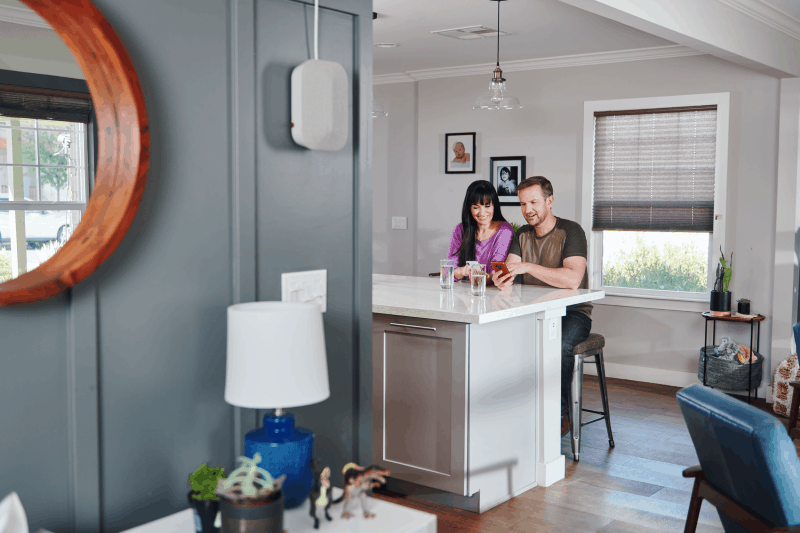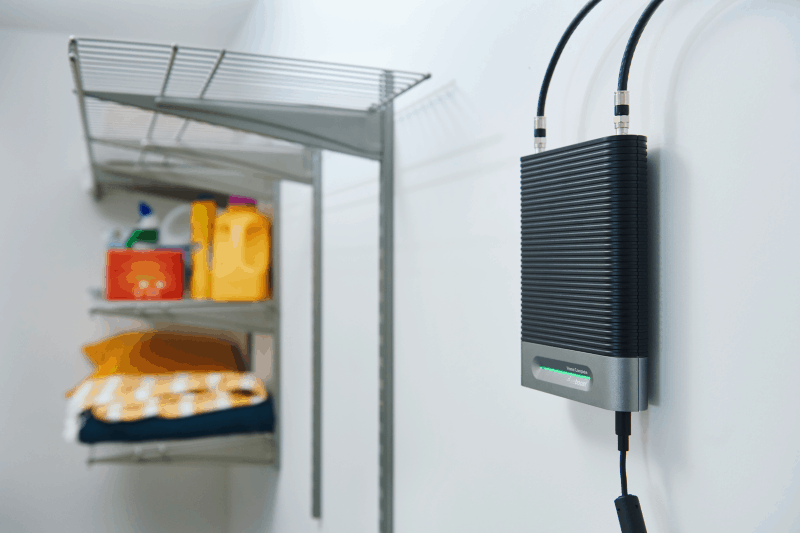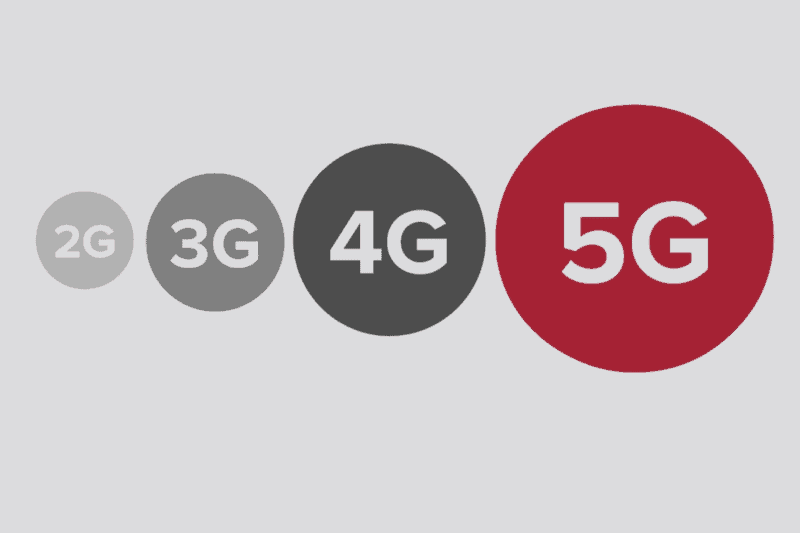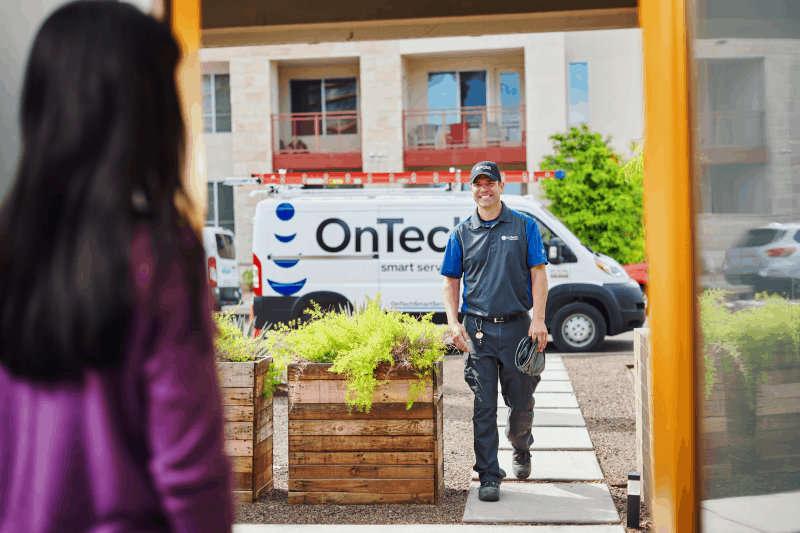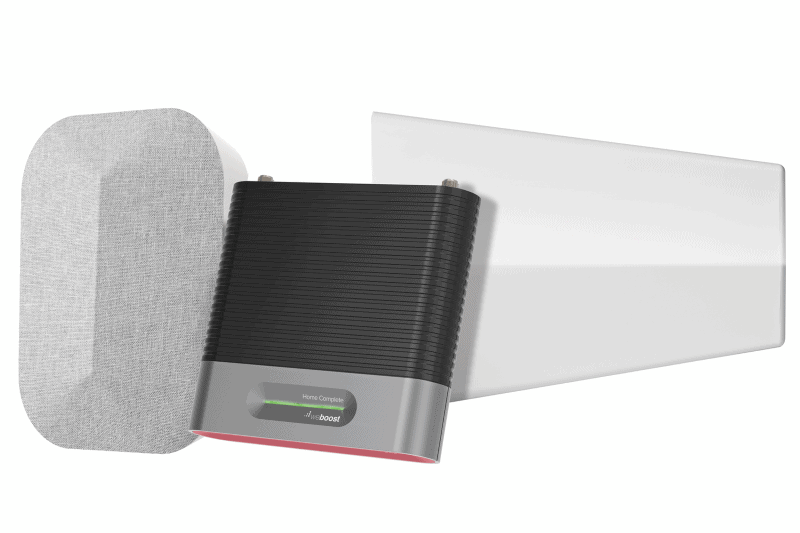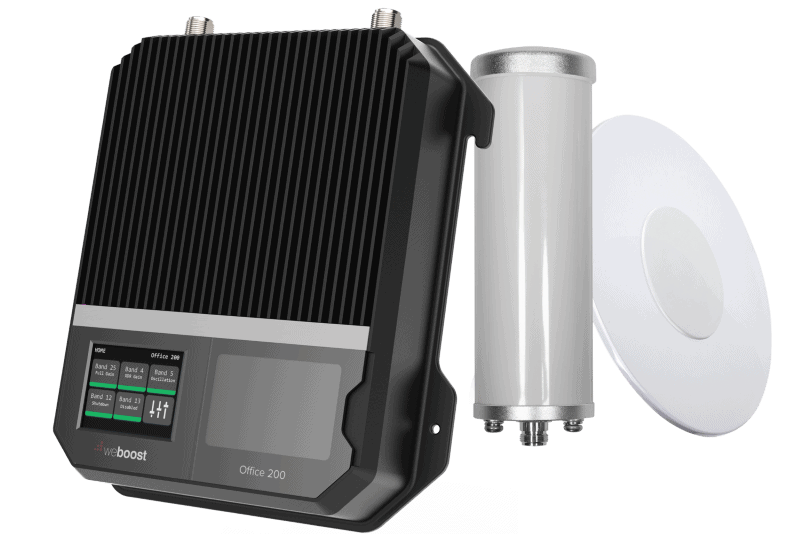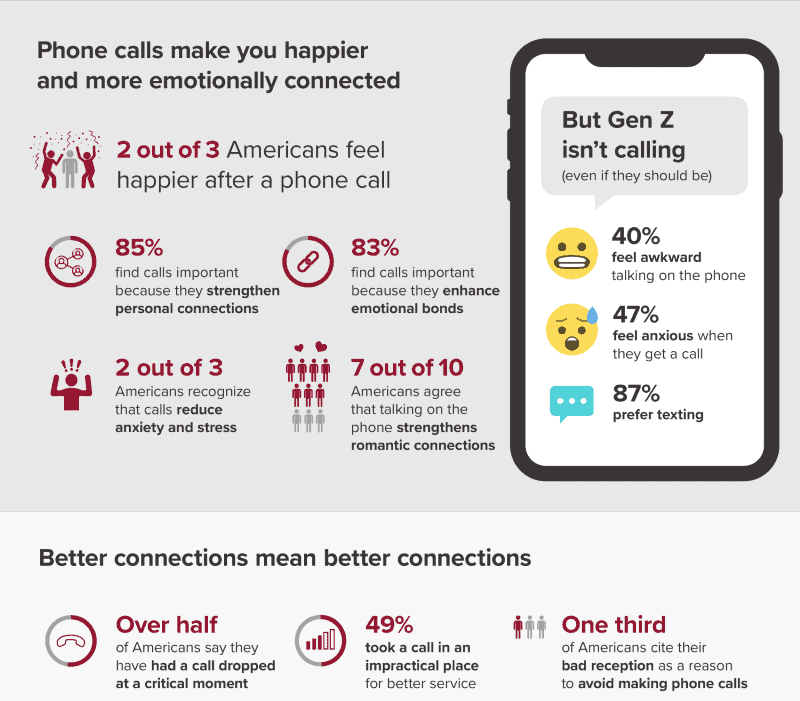Best Indoor Cell Phone Signal Boosters
Posted on 7/28/2023 by Izzy Jack
For an increasing number of Americans, their mobile phone is more than just a communications device. It’s a lifeline to work, shopping, social media, news, and entertainment. As the smartphone’s importance to daily life grows, it’s becoming more and more necessary to have access to reliable cell phone signals. And even in this day and age, that access often requires an indoor cell phone signal booster.
Here are a few key statistics to consider:
- 97% of Americans own a cell phone of some kind.
- 85% now own a smartphone, a staggering 60-point increase across the second decade of the 21st century.
- 15% of Americans are smartphone-only users of the internet, without traditional home broadband service.
Being stuck with a poor or inconsistent signal can be a serious inconvenience in this environment. Fortunately, weBoost cell signal boosters can help.
Why you need an indoor cell phone signal booster
First, we need to know how a cell phone works. An iPhone or Android works on radio waves very similar to the radio in your car. If you’re in the middle of nowhere on a car trip, there are very few channels that you can get on your radio. Even if the station comes in, the reception may be poor. That’s because you’re away from the transmitter tower. Radios can also get worse if you’re in a canyon or the narrow streets of a major city. You’ll be changing the channel repeatedly, looking for a station with a clear signal.
A cell phone is the same, but it’s both a transmitter and receiver. As you talk into a cell phone, your voice gets translated into an electromagnetic field (EMF). This EMF is carried as radio waves at the speed of light, from your cell phone to a cell tower, and the response comes back the same way.
But just like there are things that stop you from getting good radio reception in your car, there are things that interfere with getting good cell reception:
- Construction materials, such as steel, masonry, and low-E glass
- Underground location, like a basement
- Remote location far from cell towers
- Urban density, surrounded by buildings
- Heavy vegetation or terrain
What they all have in common is the degree of frustration they can produce when you’re suffering from missed or dropped calls or an inability to stream video or upload pictures.
The 5G roll-out and cell phone signal
As the newest generation of cellular technology, 5G uses extremely high-frequency signals — called millimeter-wave or mmWave — to deliver massively enhanced upload and download speeds.
The promise of 5G is to cut latency and downtime to almost nothing, while supporting radically expanded network traffic and many more devices. But how long will it take to realize that promise, and will 5G bring an end to problems with cell signal?
Extremely high-frequency radio waves have a much shorter range than the frequencies that 4G cell towers relied upon, which makes building the infrastructure to deliver the high levels of network capacity 5G demands complicated. It will almost certainly need a mixture of technologies, including much-expanded fiber optics and the swarms of coordinated antennas that come with small cell networks (which themselves have certain drawbacks).
It’s still early in the implementation process, so it’s hard to say what the end version of the 5G network will look like. Right now, 5G coverage is available in cities across the United States but is still patchy, and the problems that can come with remoteness from your nearest 5G infrastructure are even worse than those native to 4G.
How an indoor cell phone signal booster works
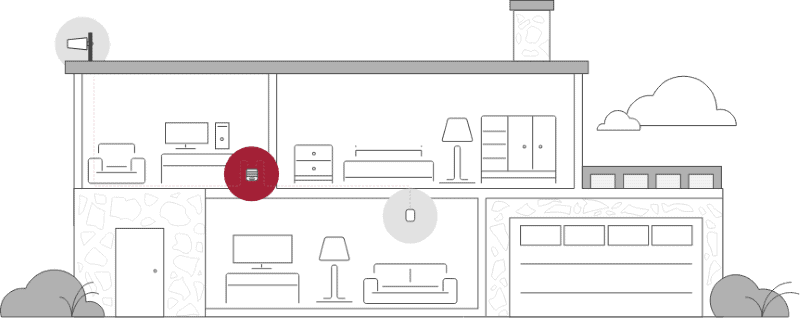
If you have a signal — even if you have just one bar — you can improve your signal indoors. It’s true that no booster will make a signal appear out of nothing, but if you can get a bar on your phone, that bar can be boosted indoors to give you faster data and better call quality.
weBoost’s indoor cell phone signal boosters work with all carriers and networks to make your digital life easier.
Everything you need comes in the indoor signal boost kit. You attach an outdoor antenna to the outside of your home by attaching it to existing poles, pipes, or rafters. Then, a cord runs into your home, attaching the outdoor antenna to the booster, which is placed indoors.
The indoor antenna can be mounted on the wall or propped on a shelf to broadcast and boost the signal. Our solutions work with every phone type and with all carriers, including AT&T, Verizon, T-Mobile, and US Cellular.
Solutions for any need
We’ve developed mobile phone indoor cell signal boosters for homes of all types. Whether you want a complete home solution or a booster for a single room, we have you covered.
Our current lineup of home signal boosters include:
- weBoost Installed | Home Complete is made for an entire home. In addition to being our strongest residential booster, it comes with full professional installation.
- weBoost Home Complete is powerful enough to offer max coverage for large homes. This booster kit comes with everything you need to install the system yourself.
- weBoost Home MultiRoom is a signal booster for mid-sized homes — or homes where you only use your devices in part of the house. This typically will give great service in two or three rooms, which may be all you need to keep your cell connection strong indoors.
- weBoost’s Home Studio is ideal for a cottage, cabin, or home that just needs a signal in a single room.
To decide what’s right for you, see our indoor cell phone signal boosters for home. You’ll want to consider home size, type of installation (whether you’re comfortable doing the job on your own or want professional help), and your current signal strength indoors.
If you’re looking for boosted indoor cell coverage in a small business or commercial space, then shop the weBoost for Business product line.
Our current lineup of business signal boosters include:
- weBoost Installed | Office 200 is our best-in-class amplifier solution for small businesses covers up to 15,000 square feet.* Better yet, this system comes with professional installation.
- weBoost Office 200 is our high-performance amplifier solution that offers coverage up to 10,000 square feet.* This booster kit comes with everything you need for DIY installation.
- weBoost Office 100 is designed for small businesses and covers up to 8,000 square feet.*
* Coverage claims are based on estimates and can vary depending on factors such as outside signal strength, building construction, and building layout. Wilson Electronics’ Office products are the best performing cell signal boosters for smaller buildings. For larger buildings exceeding 15,000 square feet, we recommend the WilsonPro product lineup for optimal in-building cell signal performance.
What our customers are saying
WeBoost’s products and services have drawn countless rave reviews from customers over the years.
Here’s just a sample:
“There is really only one disadvantage to living in the country and that’s cell phone signal. Prior to installing weBoost Home Room system, my phone would read 3G at best. I could make calls but absolutely did not have an internet signal. After installing the weBoost system, not only did my cell reception improve but I also have full LTE. I am able to stream Netflix, watch YouTube, and even video chat. weBoost Home Room is definitely worth the investment!” — Dr. Guerin
“In addition to improved call quality and stability, the booster captures 4G/LTE signal, making my mobile data speeds about 10 times faster. It is definitely working as advertised, and I am receiving stronger signals in at least three rooms on one floor of my house. The booster is easy to use and installation was fairly straightforward.” — Phil C.
The benefits of an indoor cell phone signal booster
Having a quality, reliable cell phone signal can make a positive difference in many ways. A quality phone call can make you feel happier and more connected. Voice-to-voice contact can enhance emotional bonds, reduce stress and anxiety, and even provide stronger romantic connections.
Still, more than half of Americans have experienced dropped calls in crucial moments, and a third of us avoid making phone calls due to bad reception. A weBoost indoor cell signal booster can help you change that and enjoy the fullest benefits of modern mobile communications technology.
After all, smartphones keep us in touch in other ways. We increasingly make purchases and research brands starting on our mobile devices, and a large proportion of mobile users window shop online for fun.
Smartphones keep us updated on the latest news and provide access to social media and streaming entertainment. As the mobile gaming market grows, the surprising mental and emotional health benefits of playing video games are easier to access.
Last but certainly not least, a smartphone with a reliable cell signal makes you safer. It’s easier to connect with emergency services to get detailed updates on major weather events or other unexpected disasters. You can download and use apps that make it easy to locate friends and loved ones in a crisis. There are even apps that can tie your phone into the global satellite network to access GPS data and send messages.
Enjoy these benefits with the best indoor cell phone signal boosters on the market. Shop our cell signal boosters and get the most out of your cellular-connected devices.
